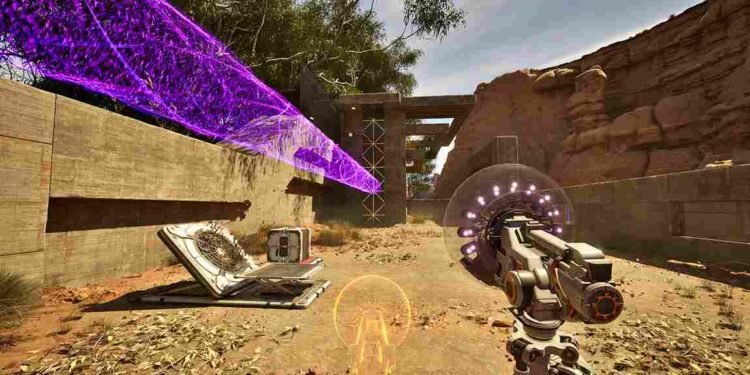The Talos Principle 2 is all about philosophical depth and challenging puzzles. The game’s reputation for mind-bending challenges and thought-provoking narratives is its USP by now. However, amidst the praise for its engaging gameplay, there have also been reports of many graphical issues like stuttering, crashing, freezing, etc. These issues have prompted a crucial inquiry: Is the culprit behind these performance hurdles the CPU’s computational prowess or the GPU’s graphical muscle? In other words, does The Talos Principle 2 lean towards being CPU or GPU-intensive, and how do these technical aspects impact the overall gaming experience? Well, as always, here we are with all the answers.
In gaming, the terms “CPU intensive” and “GPU intensive” refer to the primary hardware component that shoulders the computational load. A CPU-intensive game relies heavily on the processor’s ability to handle complex calculations and execute tasks swiftly. At the same time, a GPU-intensive one places a significant burden on the graphics card for rendering high-quality visuals. Understanding this distinction is vital, as achieving optimal performance often necessitates a harmonious balance between a robust CPU and a powerful GPU. In the case of “The Talos Principle 2,” where players have encountered technical challenges, discerning whether the game leans more towards CPU or GPU-intensive is crucial for troubleshooting and a flawless gaming experience.
Is The Talos Principle 2 CPU or GPU intensive?
Before we get into the answer, let’s briefly examine the minimum system requirements. This will also give you a brief overview of whether the game will be CPU or GPU-heavy.
Minimum System Requirements
- Processor: 4 core CPU @ 2.5 GHz (AMD Ryzen 5, Intel core i3/i5)
- Memory: 8 GB RAM
- Graphics: 4 GB VRAM; Radeon RX 470, GeForce GTX 970
- DirectX: Version 12
- Storage: 75 GB available space
- Additional Notes: Intel-integrated GPUs are not supported. SSD recommended.
CPU or GPU?
Analyzing the system requirements for “The Talos Principle 2”, it appears that the game leans towards being GPU-intensive. The recommended specifications emphasize a powerful graphics card, such as the Radeon RX 6800 or GeForce RTX 3070, with 8+ GB of VRAM. While the CPU requirements are notable, with recommendations for a 6 or 8-core CPU, the emphasis on a robust GPU suggests that the game’s performance is likely to be influenced more significantly by graphical capabilities. Therefore, players looking to optimize their experience should prioritize a potent graphics card to fully appreciate the game’s visually striking environments and intricate details.
Player Response
The evidence presented by players in the Reddit post strongly supports the assertion that ‘The Talos Principle 2’ is GPU-intensive. Users express dissatisfaction with forced upsampling, causing artifacts and pixelation, particularly when using technologies like TAAU and TSR. Reflections are criticized for their poor quality, especially in areas with water, and shadows and lights are noted for their unappealing pixelation and flickering. The overarching complaint revolves around the game’s demanding performance, struggling to maintain 60 fps at 1080p resolution, even with a GPU meeting the listed minimum requirements. These issues, coupled with concerns about misleading minimum requirements, suggest that the game heavily relies on GPU capabilities.
Either way, you will have to make sure that you have a decent CPU and a powerful enough GPU to be able to enjoy The Talos Principle 2 at high graphics and frame rates. And that brings us to the end of this article. We hope this was informative. Now, for more gaming reads like this, make sure to follow DigiStatement. Read more: Snowrunner Force Feedback not working: How to fix it?


